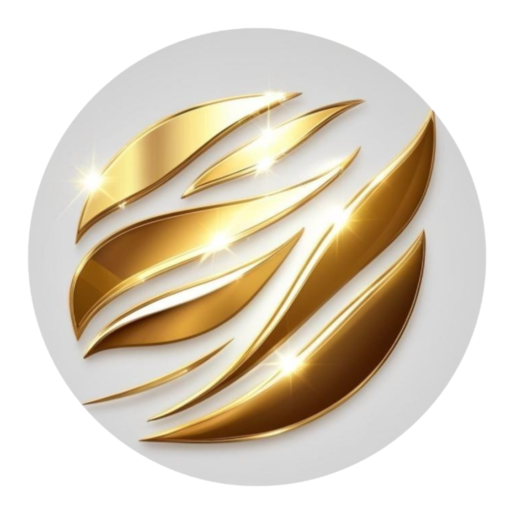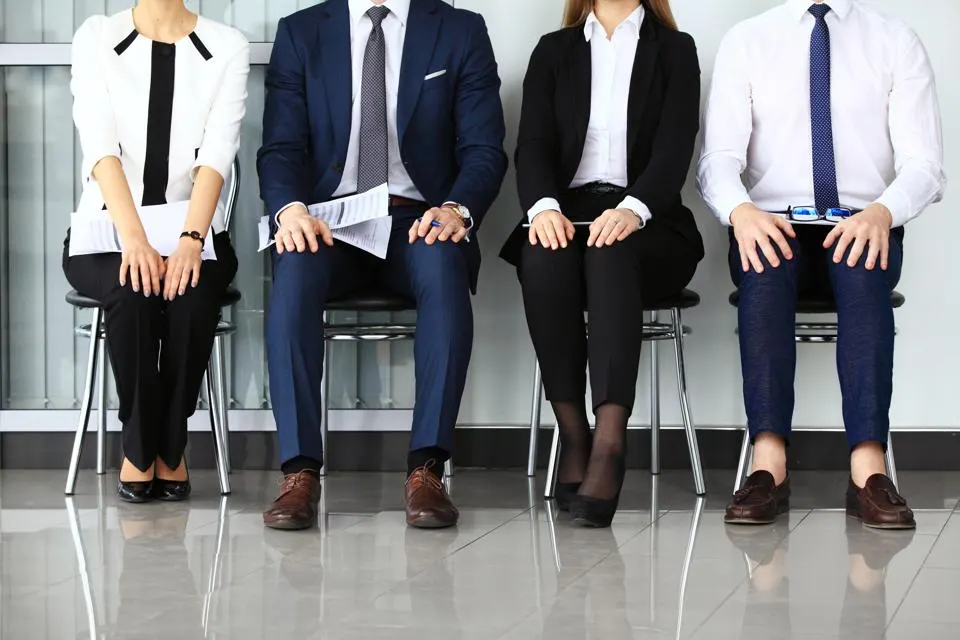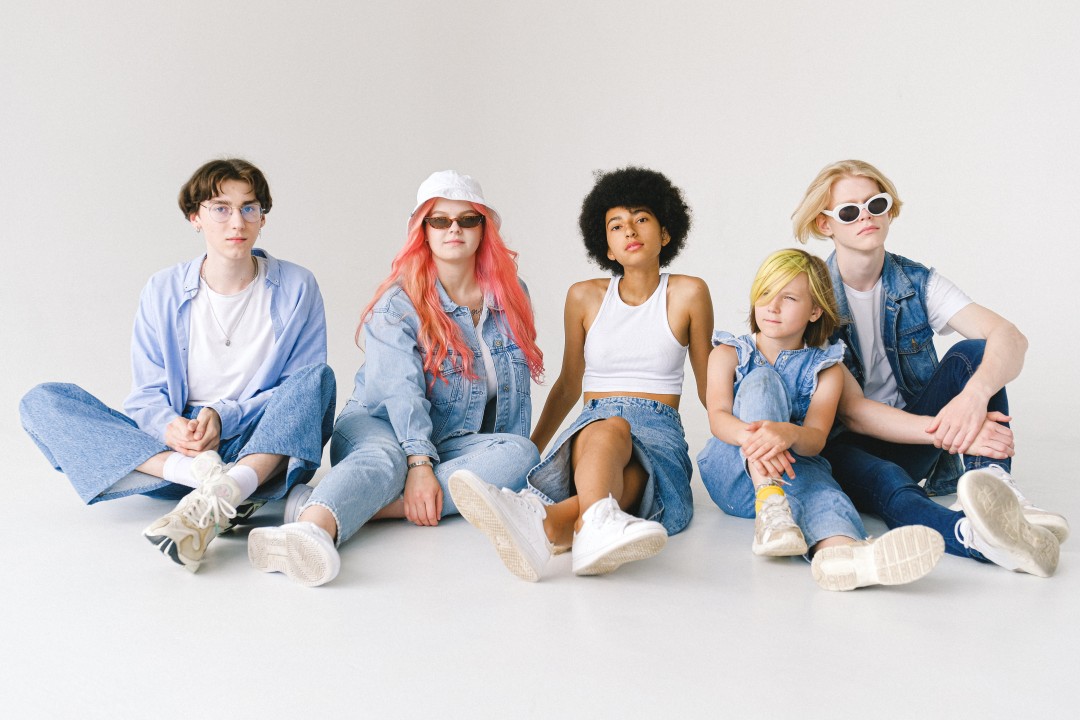Why Dressing Matters for Job Interviews
Your appearance at a job interview is your first opportunity to make a lasting impression. Dressing appropriately demonstrates professionalism, respect, and your understanding of workplace norms. It shows you value the opportunity and helps the interviewer envision you as part of their team. For 2024, the focus is on combining modern trends with timeless elegance, ensuring you look polished while reflecting the industry’s culture.
General Rules for Job Interview Attire
When preparing your interview outfit, following some universal guidelines ensures you look professional and put-together.
- Ensure Neatness:
Every piece of clothing should be clean and free of wrinkles. Well-maintained attire reflects attention to detail and organization. Check for stains, loose threads, or missing buttons before wearing your outfit. - Choose Neutral Colors:
Neutral tones like navy, black, gray, and white are reliable choices. These colors project authority and professionalism. Avoid overly bright or neon shades that might distract from your qualifications. - Avoid Overly Casual Pieces:
Items like jeans, graphic t-shirts, hoodies, or sneakers are generally unsuitable for interviews. Even in industries with relaxed dress codes, appearing slightly more formal than expected is a safer approach. - Match the Company Culture:
Understanding the company’s dress code is key. Research their website, social media, or Glassdoor reviews to gauge whether their environment leans toward business formal or smart casual. For example, tech startups often lean casual, while roles in law or finance demand traditional business attire.
What Men Should Wear to a Job Interview
Business Formal Settings
For industries like finance, law, or consulting, business formal attire is expected.
- Suit:
Invest in a well-fitted two-piece suit in classic colors such as navy, black, or charcoal. Avoid bold patterns, but subtle pinstripes are acceptable. - Shirt:
A crisp white or light pastel-colored dress shirt is ideal. Ensure the shirt’s collar sits properly under the suit jacket. - Tie:
Choose conservative ties with simple patterns, such as stripes or small dots, or solid-colored options. Avoid flashy or themed designs. - Shoes:
Black or brown leather oxfords or brogues complete the outfit. Ensure they’re polished and free of scuffs.
Business Casual Settings
In less formal environments, business casual allows for a slightly relaxed but professional look.
- Blazer and Chinos:
Pair a tailored blazer with well-fitted chinos in neutral shades like beige or gray. - Shirt:
Opt for a button-down shirt or polo in muted tones. Shirts with subtle patterns, like gingham, are also acceptable. - Shoes:
Loafers, dress boots, or clean leather sneakers work well in business casual settings.
Accessories for Men
- Watch:
A minimalist watch adds sophistication and functionality. Avoid overly sporty or flashy designs. - Belt:
Match the belt color with your shoes for a cohesive look. - Bag:
A leather briefcase or messenger bag is both practical and professional.
What Women Should Wear to a Job Interview
Business Formal Settings
In corporate and professional environments, women’s attire should be sleek and polished.
- Blazer and Skirt/Pants:
A tailored blazer paired with a pencil skirt or trousers creates a sophisticated look. Stick to neutral colors like black, navy, or gray. - Dress:
A knee-length sheath dress in a solid color is elegant and professional. Avoid plunging necklines or overly tight fits. - Shoes:
Closed-toe heels or flats in neutral tones like black, beige, or navy are the best options. Keep heel heights moderate for comfort and practicality.
Business Casual Settings
Business casual gives room for some creativity while maintaining professionalism.
- Blouse and Slacks:
Choose a silk or cotton blouse in soft colors or subtle patterns, paired with tailored trousers. - Cardigan:
A fitted cardigan can replace a blazer for a less formal yet polished look. - Shoes:
Ballet flats, loafers, or block heels strike a balance between style and comfort.
Accessories for Women
- Jewelry:
Keep jewelry understated, such as stud earrings, a delicate necklace, or a simple bracelet. Avoid large or noisy pieces. - Bag:
A structured tote or satchel that can carry essentials without looking bulky is ideal.
What to Avoid Wearing to Job Interviews
- Bright Colors and Loud Patterns: Bold prints or neon colors can distract from your qualifications.
- Excessive Accessories: Large, flashy jewelry or heavy makeup can overwhelm your appearance.
- Casual Fabrics: Avoid denim, jersey, or athletic wear, even for business casual roles.
- Ill-Fitting Clothes: Oversized or overly tight clothing creates an unprofessional impression.
Industry-Specific Dressing Guidelines
- Corporate (Finance, Law, Consulting):
Stick to traditional business formal attire. Men should wear dark suits and ties, while women should opt for blazers with skirts or trousers. Polished shoes and minimal accessories complete the look. - Creative Industries (Media, Fashion, Design):
Express personality through unique yet professional pieces. Consider statement blazers, subtle patterns, or high-quality fabrics. Balance creativity with professionalism. - Technology (Startups, IT):
Smart casual attire is standard. Pair a blazer with chinos or jeans, and clean sneakers or loafers. Avoid appearing too formal. - Retail and Customer Service:
Business casual works well. Focus on comfort and professionalism, as these roles often involve direct customer interaction. - Healthcare (Clinical Roles):
Conservative business attire is best for interviews. A blouse with slacks or a suit conveys professionalism.
How to Prepare Your Interview Outfit
- Fit and Comfort:
Ensure your outfit fits well and allows easy movement. Tailored clothing always looks more professional. - Test the Complete Look:
Try on your entire outfit a day before the interview to confirm it matches and feels comfortable. - Check for Maintenance:
Iron or steam your clothes. Dry-clean delicate fabrics in advance. - Backup Options:
Prepare a second outfit in case of last-minute issues like spills or stains.
Current Trends in Job Interview Attire for 2024
- Sustainability:
Eco-friendly materials like organic cotton, bamboo fabric, and recycled polyester are increasingly popular in professional clothing. - Modern Tailoring:
Slim-fit blazers, high-waisted trousers, and tailored dresses are in demand. - Muted Statement Pieces:
Subtle patterns like checks or pinstripes add sophistication without being overpowering. - Functional Accessories:
Stylish yet practical bags and minimalist jewelry enhance overall appearance.
What to Wear for Video Interviews
- Focus on the Upper Half:
A tailored shirt or blazer is essential, as this part is most visible. Avoid busy or distracting patterns. - Good Lighting Compatibility:
Wear solid colors like blue, white, or pastel tones that stand out well on camera. - Neat Backgrounds:
Ensure your outfit doesn’t clash with your background. - Minimal Accessories:
Avoid shiny or reflective items that can distract viewers.
Cultural Considerations
- Respect cultural norms for companies in specific regions.
- Multinational firms may appreciate traditional attire when paired with modern professionalism.
Final Tips for Dressing for Success
- Research the company thoroughly to align your outfit with its culture.
- Invest in high-quality wardrobe staples that leave a lasting impression.
- Practice wearing your outfit to boost confidence and focus during the interview.
By adhering to these detailed 2024 guidelines, you’ll project professionalism, confidence, and readiness for any role.
FAQS
Can I wear jeans to a job interview?
While jeans are generally not recommended for job interviews, exceptions can be made in creative or startup environments that embrace casual dress codes. Opt for dark, tailored jeans without rips and pair them with a blazer or smart shirt to elevate the look.
What should I do if I don’t know the company’s dress code?
When in doubt, dress slightly more formal than what you believe the company expects. Business casual is a safe middle ground for most industries. Researching the company through its website or social media can provide helpful hints about their dress expectations.
Are sneakers ever acceptable for an interview?
Sneakers can be acceptable in tech startups or creative fields, but they should be clean, minimalist, and in neutral colors. Avoid athletic or flashy sneakers, as they may come across as unprofessional.
How should I dress for a virtual interview if it’s a casual industry?
Even for casual industries, err on the side of professionalism for virtual interviews. A smart shirt, blazer, or well-fitted top in a neutral color works well. Focus on clean, distraction-free presentation.
Is it better to overdress or underdress for an interview?
Overdressing is generally better than underdressing, as it shows respect and enthusiasm for the opportunity. However, ensure that your outfit aligns with the industry norms to avoid appearing out of place.
Is it okay to wear cultural or religious attire to a job interview?
Yes, cultural or religious attire is generally respected in interviews. Pair traditional elements with professional pieces to maintain a polished look while expressing your identity.



